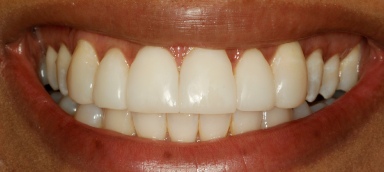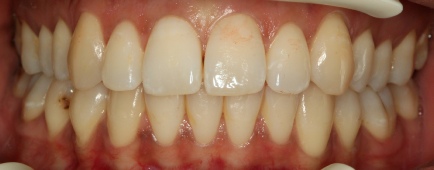





 The Station Dental Clinic
Teeth for Life
Keeping your dental health on track
North Camp Station
GU12 5QA
Hampshire
Ash Vale
Lynchford Road
01252 544557
The Station Dental Clinic
Teeth for Life
Keeping your dental health on track
North Camp Station
GU12 5QA
Hampshire
Ash Vale
Lynchford Road
01252 544557

Composite Bonding
What is composite bonding?
Composite bonding (also known as tooth bonding or dental bonding) offers a solution for minor damage or gaps in teeth. When carried out as a cosmetic treatment, it is not available on the NHS but offered as a private service.
Bonding is usually used for filling chips, fractures or gaps between teeth, or for fixing discolouration. A composite resin is attached to a tooth and shaped to restore its original appearance. The colour of the resin is matched to your teeth, so it will appear as though it is a natural part of the tooth.
Composite bonding can help you achieve a smile you’re happier with.
What are the benefits of composite bonding?
Composite bonding can usually be carried out in just one visit to the dentist. It’s a fast and effective way to fix minor cosmetic issues. The composite is hardened using UV light as soon as it’s applied, resulting in a tooth that can comfortably bite down by the end of the appointment.
Bonding is also a non-
Composite bonding can make cosmetic improvements to your smile quickly, without causing further damage to your teeth.
Composite bonding can be a cheaper alternative to crowns or veneers. It’s also a less invasive process and can be completed in just one appointment. And with regular brushing and good oral hygiene, your composite bonds should last for years.
What are the alternatives to composite bonding?
The usual alternative options to composite bonding are:
Veneers -
Crowns -
Both of these alternatives cause some damage to teeth. Veneers are a popular option which can last for many years but as they are made from porcelain, the tooth has to be cut down to fit them, which causes some permanent damage. Similarly, for a crown to be fitted, a dentist has to remove some of the healthy part of your tooth.
Bonding is a quick, less expensive and non-
Talk to your dentist about your options. They will be able to advise you on whether composite bonding is the right treatment for you.

This case was completed after a course of teeth whitening to allow a change in shape and colour. We use Venus diamond which is resilient against further staining and chipping. This case was completed by Hardev Seehra
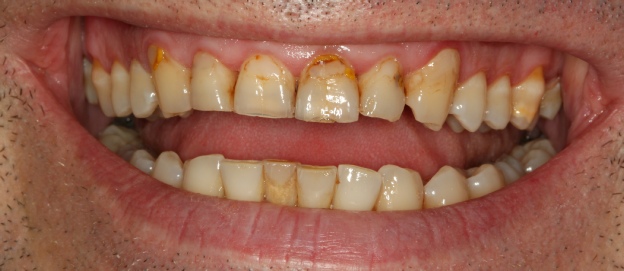
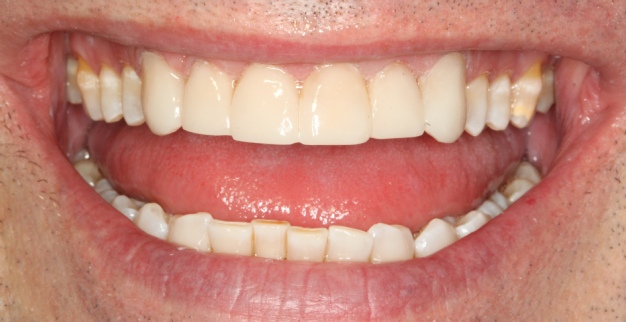
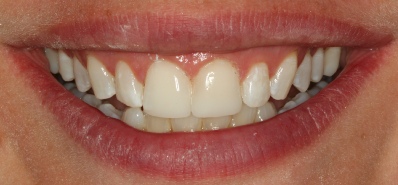
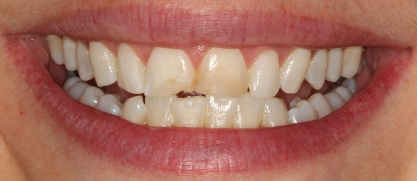

Using non invasive methods our practitioners are skilled to improve colour and shape and appearance of teeth with safe composite bonding. We use Venus diamond which is resilient against further staining and chipping. This case was completed by Hardev Seehra
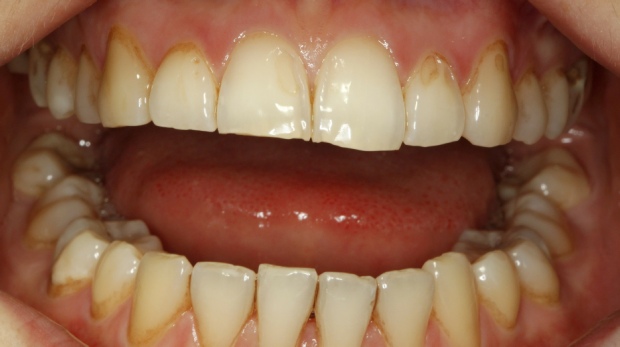
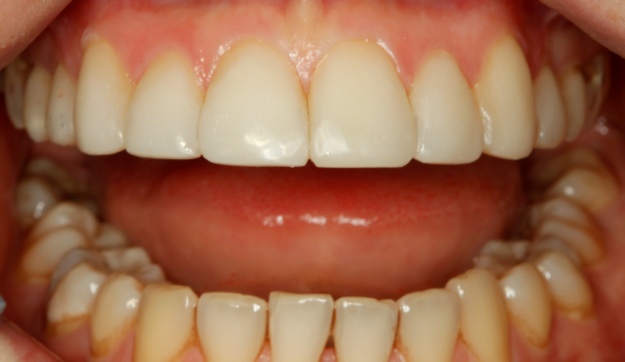

Using non invasive methods our practitioners are skilled to improve colour and shape and appearance of teeth with safe composite bonding. We use Venus diamond which is resilient against further staining and chipping. These cases completed by Hardev Seehra
